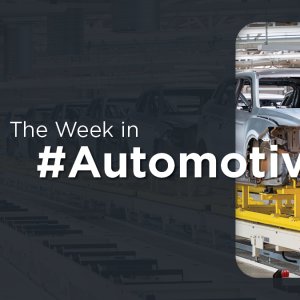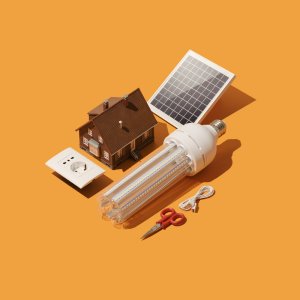Disruptive Trends Force Companies to Continuously Adapt: BCG

STORY INLINE POST
Q: With ongoing supply chain disruptions, logistics challenges and semiconductor shortages, what is the near-term outlook for the automotive industry?
A: Demand will continue to outpace supply in 2022 and probably 2023. This will depend on how long the war in Ukraine extends and what happens during and after. OEMs at the moment are raising prices to improve margins.
One of our surveys has also shown that due to shortages, consumers are more willing to purchase a used car instead of waiting for a new vehicle. This is having a significant impact on the used car market, which we see through the growth of players such as Kavak. When production stabilizes, this will create a gap in the industry. The entire value chain is changing and this is an opportunity for current and new players to launch new initiatives.
Q: Based on BCG’s experience, what strategies should manufacturers implement to secure supplies?
A: Being able to react faster to changes happening in the market is crucial. Securing supply is all about diversifying the supplier base and understanding where the risks come from. Manufacturers have calculated their risks in a very detailed way by vendor, supplier, network, location and material. This will allow them to monitor disruptions in real time, as much as possible. A best practice to achieve this fast reaction is to create risk indicators and track them to anticipate outcomes depending on what happens in the market.
Q: What does the future of dealerships in Mexico look like and what role will they continue to play in the industry of the future?
A: The switch to e-commerce is a revolution in the automotive industry. Nissan, for instance, is already creating e-commerce options. Nonetheless, there are still gaps to be closed in the overall automotive e-commerce process, the first being how to approach more people, as not everyone will prefer this channel. A physical network must remain.
The latter also means that OEM integration between digital and physical channels needs to occur. Integrating online and offline experiences has been a key challenge in the industry.
Another interesting point is financing for online purchases, which is not fully available yet and forces the client to still visit the dealership. This is challenging for OEMs because it means they need to invest in different things at the same time to be competitive in the digital and the physical spheres. Kavak is a company that has successfully balanced online and offline experiences, including financing, thus creating high expectations among customers for future purchases.
Q: How is the concept of vehicle ownership changing and what should OEMs do to adapt to the new reality?
A: Brand loyalty is decreasing and this has been a drastic generational shift. OEMs need to think about loyalty differently and be more proactive in the way they reach out to consumers. Some OEMs, through the use of AI, are personalizing their offering to consumers who have previously purchased a vehicle with them, which reduces risks.
In many parts of the world, younger generations are less interested in purchasing cars. A way to boost car purchases is to also offer more financing options, while building new ownership concepts and even introducing subscription models.
Mobility is offering options that respond to the interests of younger generations, which means the automotive industry is expected to do the same. The current model of this industry is B2B when it should be B2C.
Q: How have EVs penetrated the Mexican market in recent years and what role will the latter play in the industry’s electrification?
A: EV levels in Mexico are very low against comparable countries like Brazil, where the market for these vehicles is almost double. One of the reasons is that EVs, globally, have mainly grown through government subsidies, which we have not seen in Mexico. In Mexico City, Gov. Claudia Sheinbaum has made efforts to transition to EVs for inner-city mobility, so the market is moving a bit. The change has not been significant at a country level, however.
Given the importance of the energy and oil and gas industries in Mexico, it is very difficult to favor the EV market. Large EV players, such as Volvo, are not considering Mexico an interesting place to grow in terms of electrification but governance can change this scenario.
The majority of cars manufactured in Mexico are not for national consumption: around 60 percent of the production is sold to the US and other markets. As suppliers transform, EVs could be manufactured in the country but things will not change unless these vehicles stay in the country.
Q: How can BCG offer integral solutions to its automotive clients in Mexico?
A: We work with very different types of clients and based on our insights and collected data, we help them adapt their production based on their issues, like supply chain shortages. In sales and marketing, we have been helping clients with their transformation to e-commerce to create the best experience for customers, while considering a balanced impact on the company’s finances.
Boston Consulting Group (BCG) is a global consulting firm that partners with leaders in business and society to tackle their most important challenges and capture their greatest opportunities. BCG employs over 25,000 people in more than 90 offices across the world.








 By Antonio Gozain | Senior Journalist and Industry Analyst -
Thu, 05/05/2022 - 12:00
By Antonio Gozain | Senior Journalist and Industry Analyst -
Thu, 05/05/2022 - 12:00
















